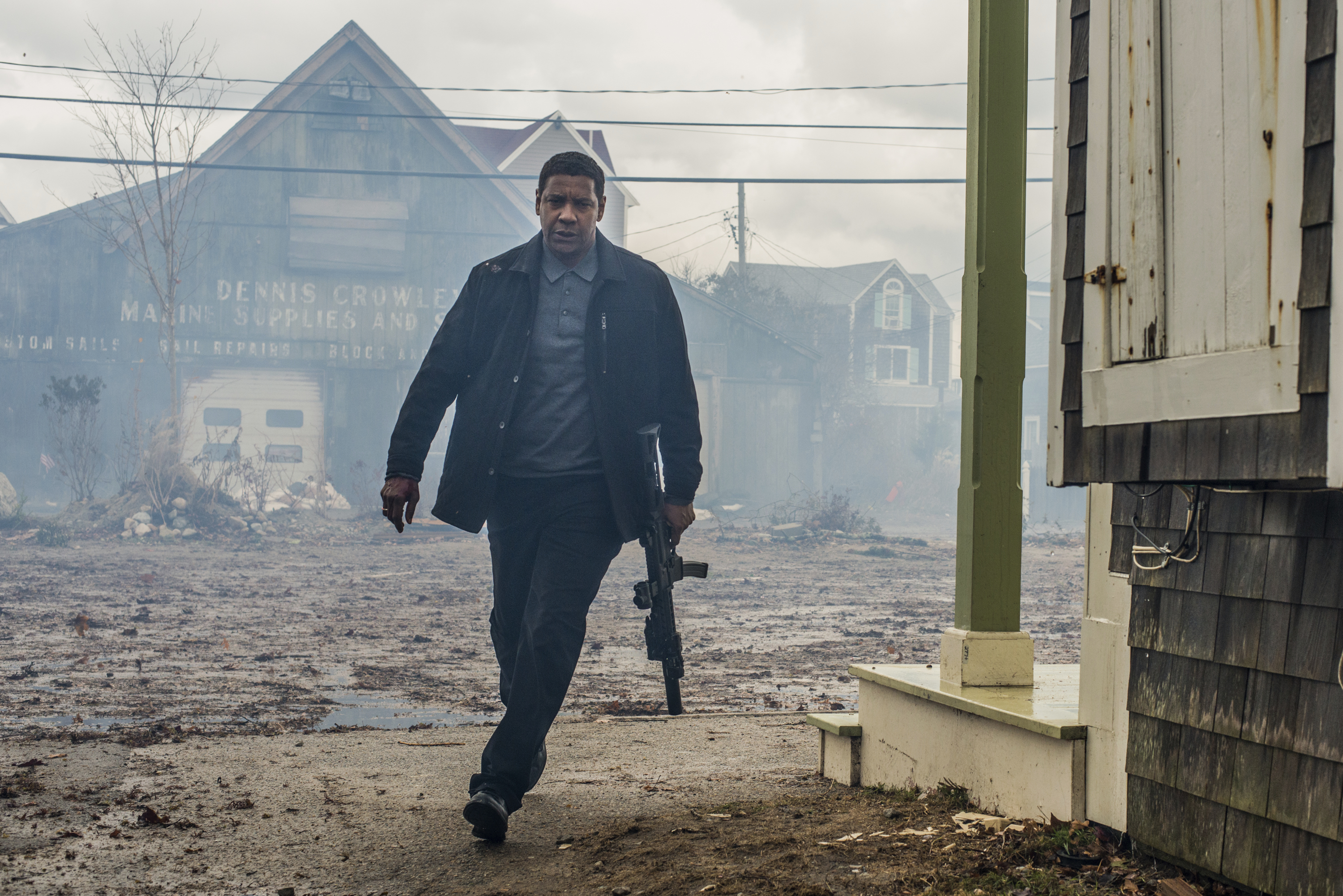
By HILLEL ITALIE
AP National Writer
NEW YORK (AP) — Tom Wolfe, the white-suited wizard of “New Journalism” who exuberantly chronicled American culture from the Merry Pranksters through the space race before turning his satiric wit to such novels as “The Bonfire of the Vanities” and “A Man in Full,” has died. He was 88. Wolfe’s literary agent, Lynn Nesbit, told The Associated Press that he died of an infection Monday in a New York City hospital. Further details were not immediately available.
An acolyte of French novelist Emile Zola and other authors of “realistic” fiction, the stylishly-attired Wolfe was an American maverick who insisted that the only way to tell a great story was to go out and report it. Along with Gay Talese, Truman Capote and Nora Ephron, he helped demonstrate that journalism could offer the kinds of literary pleasure found in books. His hyperbolic, stylized writing work was a gleeful fusillade of exclamation points, italics and improbable words. An ingenious phrase maker, he branded such expressions as “radical chic” for rich liberals’ fascination with revolutionaries; and the “Me” generation, defining the self-absorbed babyboomers of the 1970s.
Wolfe was both a literary upstart, sneering at the perceived stuffiness of the publishing establishment, and an old-school gentleman who went to the best schools and when attending promotional luncheons with fellow authors would make a point of reading their latest work. He scorned the reluctance of American writers to confront social issues and warned that self-absorption and master’s programs would kill the novel. He was astonished that no author of his generation had written a sweeping, 19th century style novel about contemporary New York City, and ended up writing one himself, “The Bonfire of the Vanities.”
His work broke countless rules but was grounded in old-school journalism, in an obsessive attention to detail that began with his first reporting job and endured for decades. “Nothing fuels the imagination more than real facts do,” Wolfe told the AP in 1999. “As the saying goes, ‘You can’t make this stuff up.'” Wolfe’s interests were vast, but his narratives had a common theme. Whether sending up the New York art world or hanging out with acid heads, Wolfe inevitably presented man as a status-seeking animal, concerned above all about the opinion of one’s peers. Wolfe himself dressed for company — his trademark a pale three-piece suit, impossibly high shirt collar, two-tone shoes and a silk tie. And he acknowledged that he cared — very much — about his reputation.
“My contention is that status is on everybody’s mind all of the time, whether they’re conscious of it or not,” Wolfe, who lived in a 12-room apartment on Manhattan’s Upper East Side, told the AP in 2012. His literary honors included the American Book Award (now called the National Book Award) for “The Right Stuff” and a nomination for the National Book Critics Circle prize for “The Bonfire of the Vanities,” one of the top 10 selling books of the 1980s. Its 1998 follow-up, “A Man in Full,” was another best-seller and a National Book Award nominee. Wolfe satirized college misbehavior in “I Am Charlotte Simmons” and was still at it in his 80s with “Back to Blood,” a sprawling, multicultural story of sex and honor set in Miami.
Wolfe, the grandson of a Confederate rifleman, began his journalism career as a reporter at the Springfield (Mass.) Union in 1957. But it wasn’t until the mid-1960s, while a magazine writer for New York and Esquire, that his work made him a national trendsetter. As Wolfe helped define it, the “new journalism” combined the emotional impact of a novel, the analysis of the best essays, and the factual foundation of hard reporting. He mingled it all in an over-the-top style that made life itself seem like one spectacular headline. “She is gorgeous in the most outrageous way,” he wrote in a typical piece, describing actress-socialite Baby Jane Holzer. “Her hair rises up from her head in a huge hairy corona, a huge tan mane around a narrow face and two eyes opened — swock! — like umbrellas, with all that hair flowing down over a coat made of … zebra! Those motherless stripes!”
Wolfe traveled during the ’60s with Ken Kesey and the Merry Pranksters for his book on the psychedelic culture, “The Electric Kool-Aid Acid Test.” One of his best-known magazine pieces, “Radical Chic: That Party at Lenny’s,” took a pointed look at fund-raising for the Black Panther Party by Leonard Bernstein and other wealthy whites. And no one more memorably captured the beauty-and-the-beast divide between the Beatles and the Rolling Stones: “The Beatles want to hold your hand,” he wrote, “but the Rolling Stones want to burn down your town!” Wolfe had many detractors — including fellow writers Norman Mailer and John Updike and the critic James Wood, who panned Wolfe’s “big subjects, big people, and yards of flapping exaggeration. No one of average size emerges from his shop; in fact, no real human variety can be found in his fiction, because everyone has the same enormous excitability.”
But his fans included millions of book-buyers, literary critics and fellow authors. “He knows everything,” novelist Kurt Vonnegut once wrote of Wolfe. “… I wish he had headed the Warren Commission. We might then have caught a glimpse of our nation.”



















